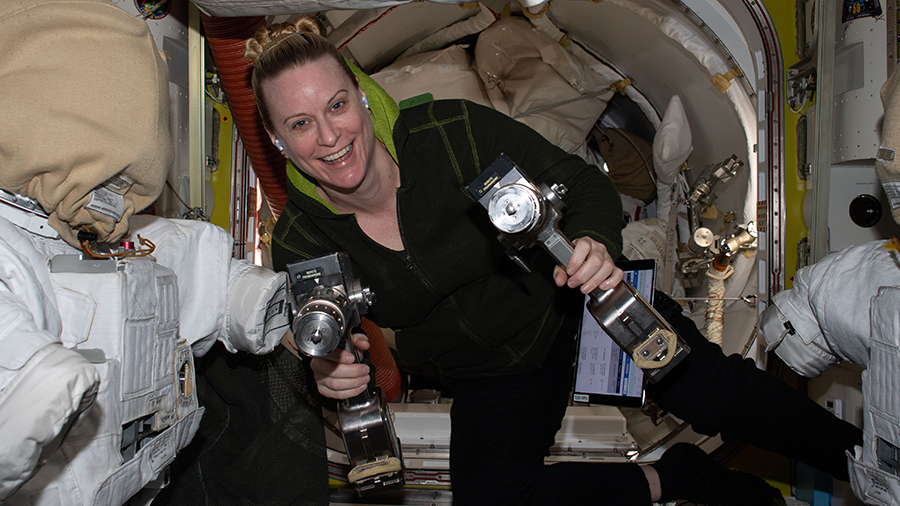
The Expedition 64 crew is packing a pair of U.S. resupply ships for departure next month. The International Space Station is also humming with microgravity research to benefit humans on and off the Earth.
Space agriculture is key to the long-term success of human exploration missions beyond low-Earth orbit. Astronauts and botanists are learning how to manage food production aboard the station and have been harvesting a variety of edible plants for several years.
NASA Flight Engineer Michael Hopkins spent Wednesday harvesting radish plants and readying them for consumption for the Plant Habitat-02 experiment. Their short cultivation time is ideal for research and evaluating nutrition and taste in microgravity.
Rodents are being studied to understand the impacts to vision and bone tissue while living in space. Today, JAXA Flight Engineer Soichi Noguchi fed the mice and cleaned their specialized research habitats. Those mice will be returned to Earth for analysis next month aboard the SpaceX Crew Dragon.
NASA astronauts Kate Rubins and Shannon Walker packed trash inside the Cygnus space freighter today ahead of its Jan. 6 departure. Following its separation, Cygnus will orbit Earth on its own for an extended period of flight tests and science experiments. Walker also readied research and development hardware and sample modules for return to Earth aboard the SpaceX Crew Dragon less than a week after Cygnus departs.
Station Commander Sergey Ryzhikov of Roscosmos spent the day configuring communications gear and cleaning ventilation systems inside the orbiting lab’s Russian segment. His fellow cosmonaut Sergey Kud-Sverchkov wiped down module surfaces to rid the station of microbes and vacuumed the Zarya module.

Gli esseri umani sono in grado di compiere imprese straordinarie, peccato che per raggiungere gli obbiettivi sacrifichino altri esseri viventi. Grazie dolci/piccoli roditori!